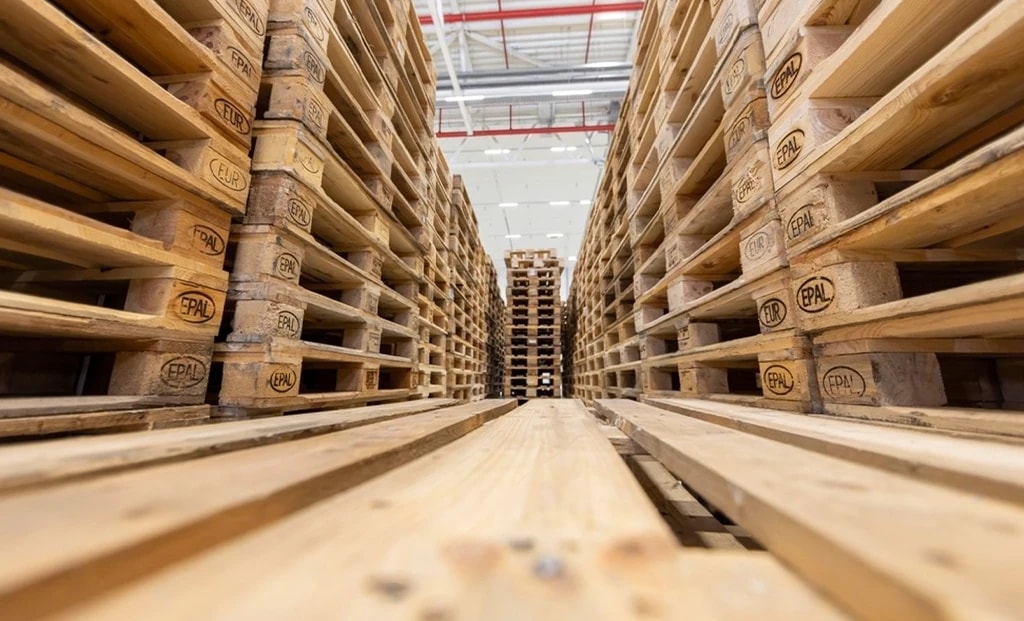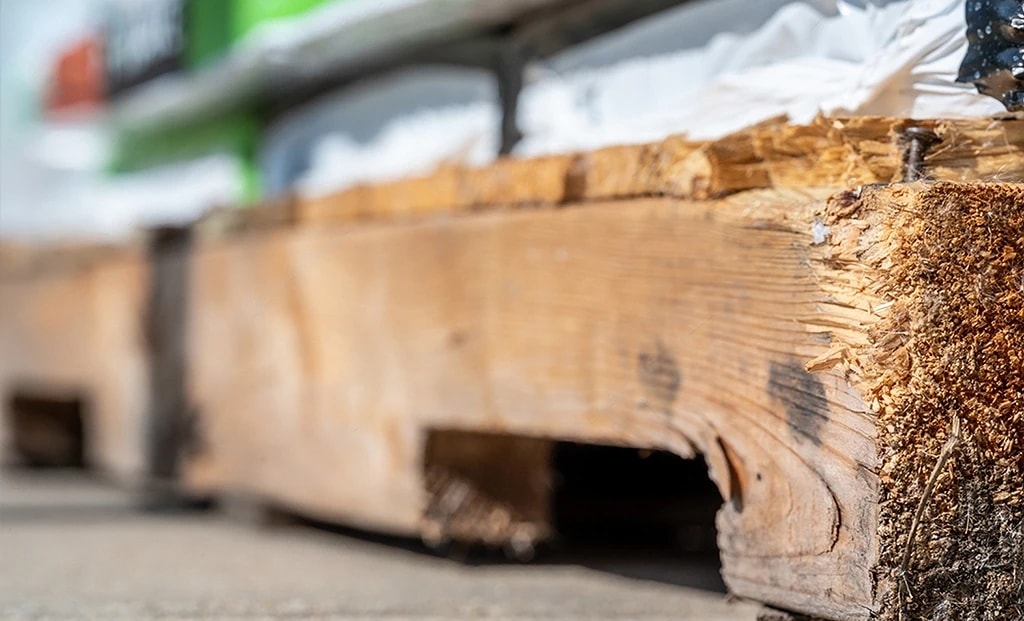Efficiency lies at the core of warehouse operations, quantified through metrics like pallets processed per hour. Traditionally, pallet damage has been accepted as an inevitable expense, overshadowed by the pursuit of throughput. Yet, with rising pallet costs and supply constraints, a shift is underway. Pallets are now seen as valuable assets rather than expendable resources solely focused on meeting deadlines. Moreover, there’s a growing awareness that damaged pallets can trigger costly issues downstream in the supply chain, from equipment malfunctions to safety hazards.
To mitigate equipment-induced pallet damage, here are nine operational tips:
- Approach pallets slowly before entry to minimize impact.
- Ensure precise fork placement to avoid damaging pallet components.
- Keep forks level during pickup to distribute stress evenly across the pallet.
- Adjust fork spread according to load dimensions for optimal stability.
- Avoid short forking to prevent uneven stress distribution.
- Lift pallets for turning instead of spinning to prevent localized damage.
- Refrain from bulldozing multiple pallets, which strains both pallets and equipment.
- Ensure correct placement of pallet jack forks to prevent bottom deck damage.
- Lower unit loads before contact with adjoining loads to prevent damage.
While productivity remains paramount in warehouses, pallet preservation doesn’t have to be sacrificed. By prioritizing proper equipment operation through training and supervision, you can enhance safety, minimize pallet damage, and maintain smooth supply chain operations.



